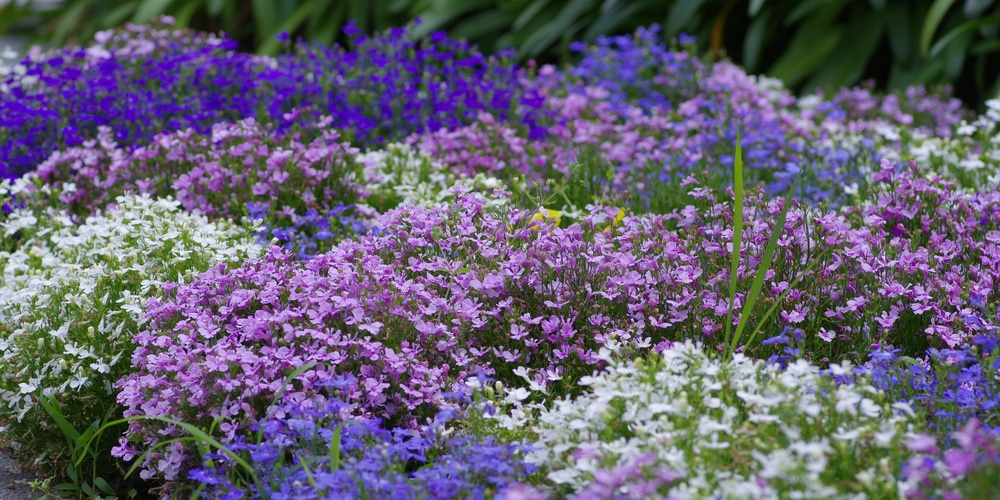People who have pet rabbits may grow plants in their garden for feeding their pets to save money. Others may have a knack for creating stunning landscape garden designs and yet fear rabbits that may eat their flowering plants. Both groups usually share the same question for different reasons.
Do rabbits eat lobelia? Cardinal Flower (Lobelia cardinalis) and Lobelia (Lobelia erinus) are rabbit-resistant plants. In other words, they are plants that rabbits do not want to take and munch completely down to the ground. But the tough stems and leaves will not stop them from bringing their friends, family, cousins, and nephews all over to help them devour the young plants that you just planted.
Why Do Rabbits Eat Lobelia Plants?

Rabbits like lobelia about as much as deer do, that is to say, not a lot. If rabbits are hungry enough, they might come and nibble on your rabbit-resistant plants, especially during breeding season—which, if you think about it, is pretty much year-round for those fluffy mammals.
In general, bunnies do not discriminate between green leaves when lush and in front of their wiggling noses. Of course, that can become a problem for pet owners. Why? Because lobelias are poisonous (except the bedding Lobelia erinus). They might not be deadly to rabbits. But they will cause several problems, including:
- depression
- hunched posture (rabbits cannot vomit)
- salivation
- weakness
Wild rabbits may learn their lesson. But they usually reproduce too quickly to pass on their knowledge to later generations. So, if you want to use them as a deterrent, you will need quite a few. Of course, you can plant other rabbit-resistant plants, too. For instance, rabbits eat honeysuckle, but only when it is very young.
Using Lobelias Against Wild Rabbits
Over 450 different species of Lobelia plants exist—and that is just by counting the Lobelia erinus species! Common lobelias come in different colors: pink, white, and blue for the most part. Lobilia Erinus is an annual. But Lobelia cardinalis is a perennial. Then again, you could opt for Lobelia inflata—beware, this one is pretty hazardous!—and other Lobelia varieties.
Growing lobelias in containers and bringing them later into your yard or garden is easy and highly recommendable. Also, you can transplant them outside your gardening beds as needed. They work as excellent border plants, too.
Lobelias have fine and delicate roots. So, it is easy to lose them when transplanting. The roots are so fibrous, stringy, and close together that breaking them apart takes very little. Also, if you grow lobelias indoors, know that you need to harden them before taking them outside.
What To Do if Your Rabbit Eats a Lobelia Plant?
If you notice one or some previously mentioned symptoms, you might have to take your pet to a rabbit vet. Sadly, a dog or cat vet will not be able to help your pet. So, contact your local rabbit rescue if you do not already know a professional you can trust.
Make sure your rabbit stays in a quiet place with plenty of water. In general, the treatment will vary depending on the ingested quantity. Or the severity of the symptoms. But usually, the rabbit does not need to spend the night at the vet clinic.
